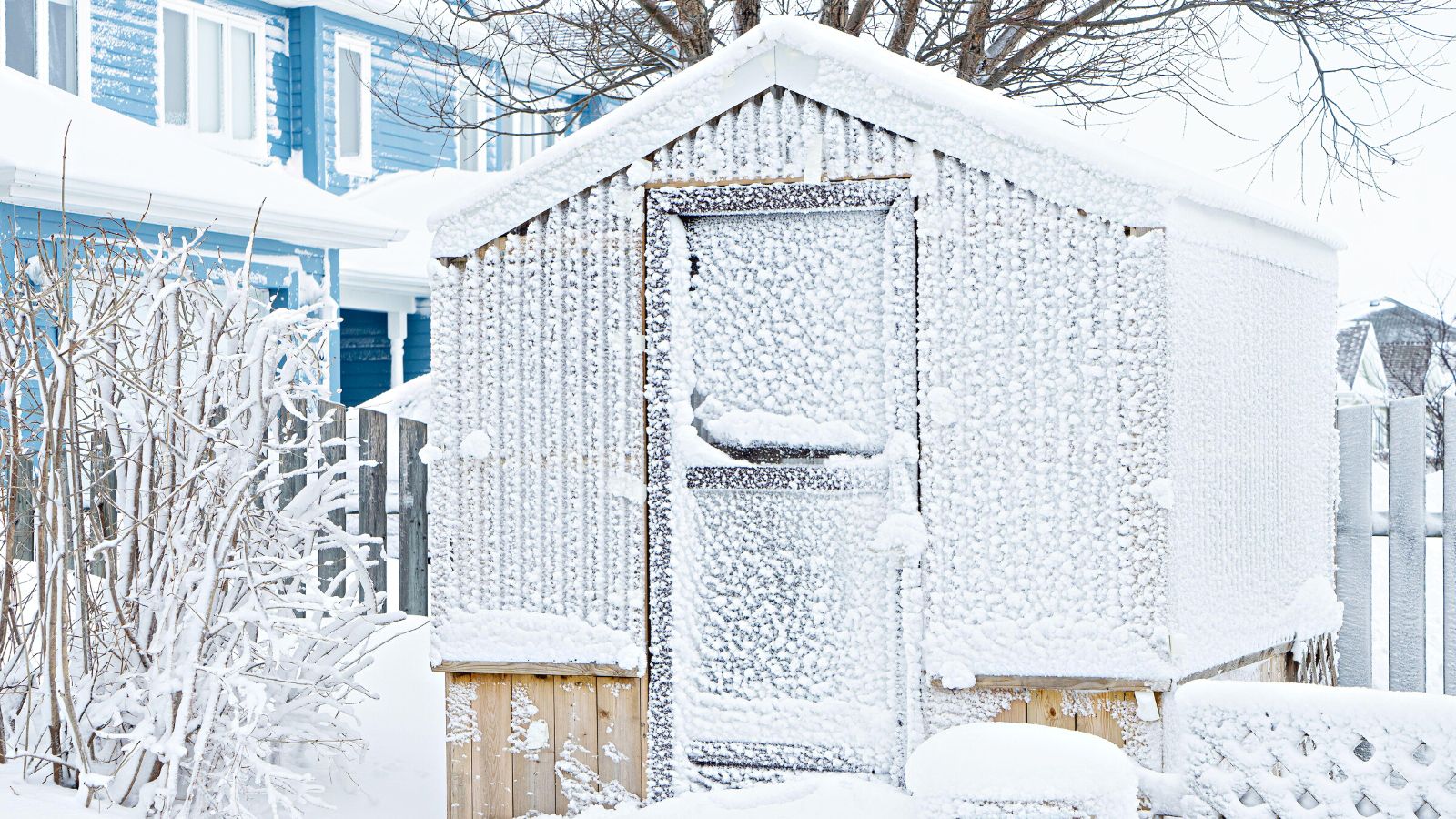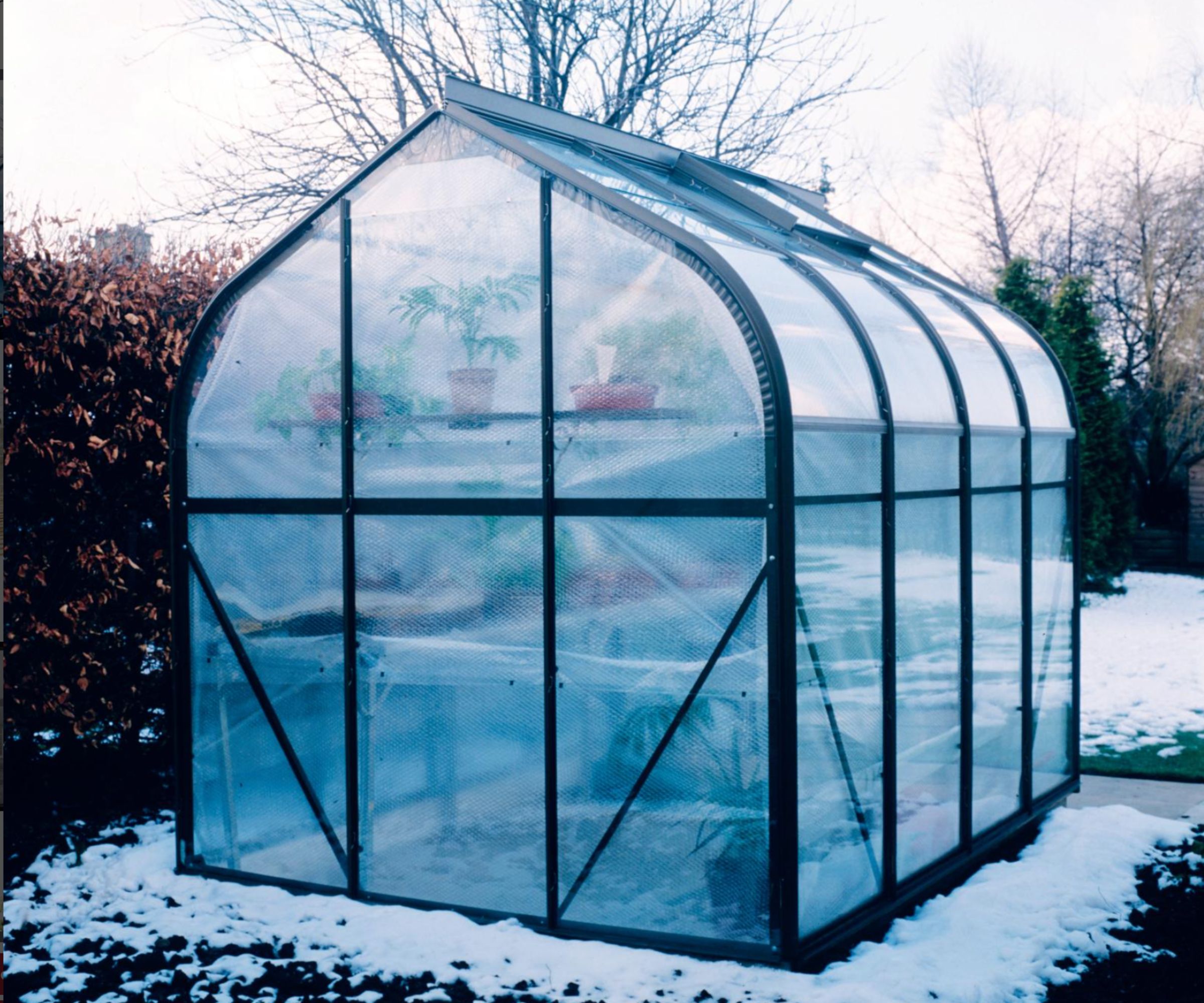6 things experts do to keep greenhouse costs down in winter – for affordable all-season gardening
Struggling to heat a greenhouse within budget this winter? Experts offer top tips for keeping your plants alive for less


Costs are rising across the board and it is causing a nightmare for avid gardeners. Trying to heat a greenhouse in winter is never easy, especially when you are trying to heat a greenhouse cheaply.
If you have invested countless hours into your precious plants, fruits, and vegetables, then keeping them alive through winter relies on getting the temperature just right. ‘Although all-season gardening is a daunting prospect as heating costs begin to rise, there are plenty of ways to adjust your greenhouse to your advantage,’ says Rachel Crow, garden editor for Homes & Gardens. ‘There are some brilliantly innovative ways to winterize a greenhouse that will keep your plants alive and your costs down.’
Here, we explore six ways to heat a greenhouse cheaply this winter so you are not back at square one come spring.
How to heat a greenhouse cheaply?

1. In the absence of the sun, add extra insulation to your greenhouse for colder months
Just as greenhouses are wonderful at trapping heat in the summer, they can quickly freeze over in cooler winter sun so keeping what little heat there is inside during winter is essential.
‘Keep the heat in by adding insulation to the parts of your greenhouse that are glazed to prevent heat from escaping through the glass, bubble wrap is designed for greenhouses are the easiest and most efficient way to do this,’ says Lucie Bradley, expert gardener and owner of garden specialists Two Wests & Elliott. Insulating a greenhouse could be disastrous in summer as temperatures become too hot, so invest in insulation that can easily be removed at the end of the season.
‘Controlled ventilation is also needed throughout the winter months to allow fresh air to flow into your greenhouse,’ Lucie reminds, however. ‘A louver window is a great option to do this without letting too much heat out at the same time.’
2. Complete a greenhouse health check to make sure there are no cracks, gaps, or weak spots
When winterizing your garden, make sure to check the overall health of your greenhouse before the cold weather sets in too, Lucie Bradley says. ‘Keep the cold out by checking that your greenhouse has no broken glass panes, polycarbonate, or acrylic.
Design expertise in your inbox – from inspiring decorating ideas and beautiful celebrity homes to practical gardening advice and shopping round-ups.
‘All-weather tape is a cost-effective way to repair your glazing, polycarbonate, or acrylic, which can be done by covering the cracks. However, if the crack is too large then you will need to replace it. For polytunnels, you will need to purchase the correct width and length of polythene to cover the frame of your tunnel.’
3. Limit the area you need to heat by diving larger greenhouses with curtains
Trying to heat a large area all at once, especially one that has not got proper or efficient insulation can quickly increase your energy costs. When trying to keep the cost of your greenhouse down, limiting the space you need to heat will be a lifesaver. ‘This can initially be done by making the area you need to heat smaller so that it is more cost-effective by dividing your greenhouse into sections using temporary walls or curtains,’ says expert gardener Lucie Bradley.
4. Find heaters that have built-in thermostats so you are not wasting money on constant heating
‘You will need to increase the temperature in your greenhouse if it is too cold for your plants,’ Lucie affirms. Although it may be tempting to leave your plants to hash it out over winter and hope for the best in spring, adding some form of heating appliance will be essential to keeping your plants happy.
There are plenty of electric heaters available on the market for greenhouses, opting for a model like this top-rated pick on Amazon with a thermostat will ensure your greenhouse is only heated once the temperature drops below a set level, not constantly. Running the heater only when you need it will help to keep costs relatively low.
5. Use heating pads for direct, localized heat for particularly picky plants
‘Localized heat via heat pads, heated trays or heat mats are another great way to efficiently provide heat exactly where it's needed,’ says Lucie Bradley, an expert gardener. If you only have a few particularly fragile plants in your greenhouse, you may be able to get away with directly heating them and leaving the rest alone. Specially designed hydroponic heating mats like this one on Amazon are typically a lot cheaper than large electrical heaters both up front, and when running too.
6. Consider making your own thermal heaters with water butts or bottles
If adding a heater is not quite within your budget, then using large black water butts or black-painted water bottles filled with water can help take advantage of the sun's limited winter power. ‘Thermal mass heaters use the sun to heat up water during the day that can be slowly released throughout the night,’ explains Rachel Crow, garden editor. ‘While they are not the most efficient or trustworthy sources of heat for a greenhouse in winter, they are cheap and, with a properly insulated greenhouse, can be perfect in a pinch.’
Will plants freeze in an unheated greenhouse?
Plants inside a greenhouse in winter will be susceptible to freezing, especially if you live somewhere where the sun is not particularly strong during winter days. It may be that you need to invest in proper insulation and heaters to maintain a comfortable temperature inside your greenhouse if you do not want to restart your gardening progress in the spring.
How can I heat my small greenhouse for free?
The best way to heat a greenhouse for free is to store solar energy in thermal mass inside the greenhouse. While this may sound complicated, the process is relatively simple. Use large black water butts filled with water inside the greenhouse to hold heat collected by the sun. Heated during the day, the water butts will retain the heat and regulate the temperature inside the greenhouse. This is not the most efficient or controllable method to heat a greenhouse, however, so may not be viable for picky or hard-to-care-for plants.

Chiana has been at Homes & Gardens for two years and is our resident 'queen' of non-toxic living. She spends most of her time producing content for the Solved section of the website, helping readers get the most out of their homes through clever decluttering, cleaning, and tidying tips. She was named one of Fixr's top home improvement journalists in 2024.